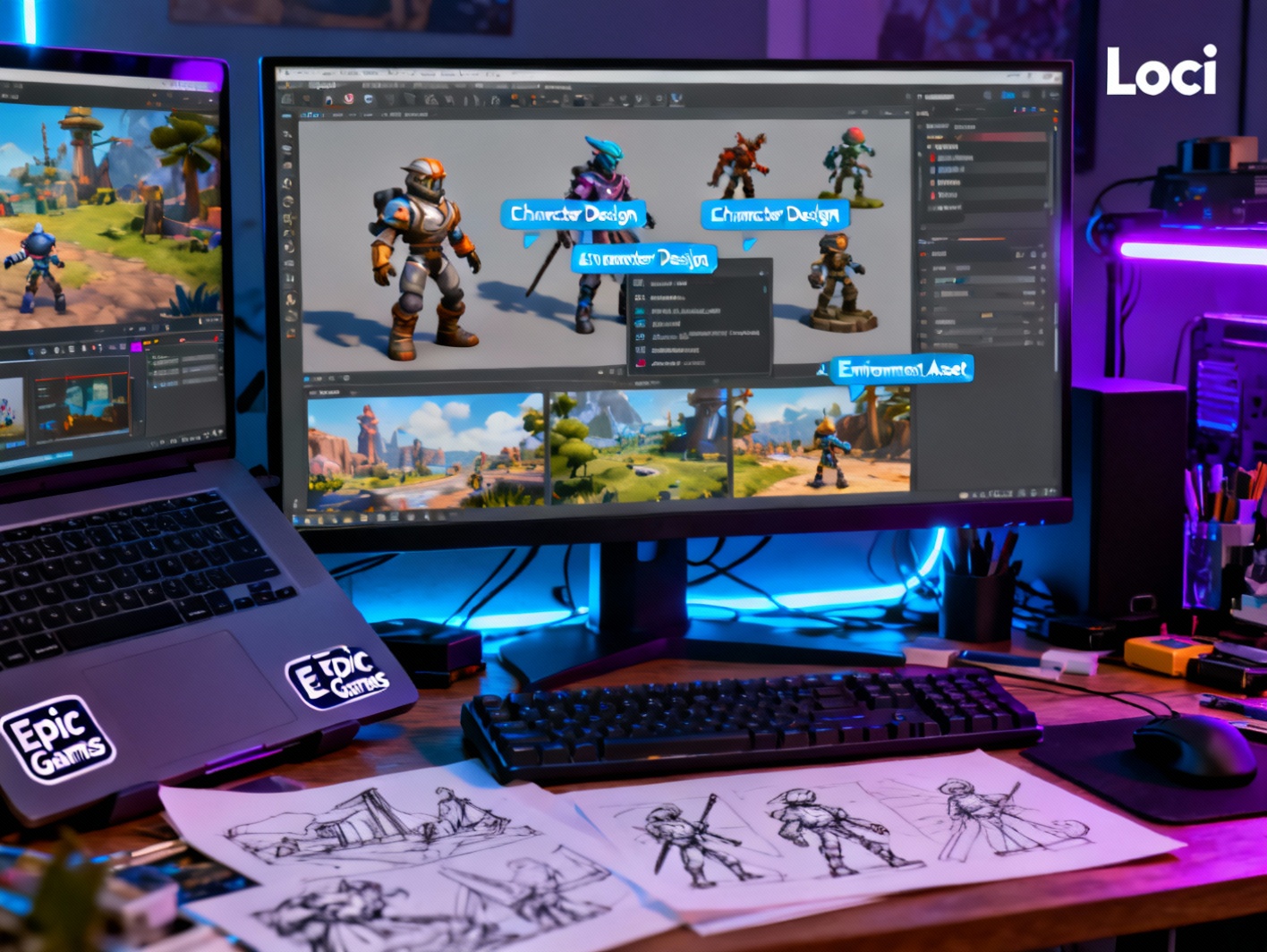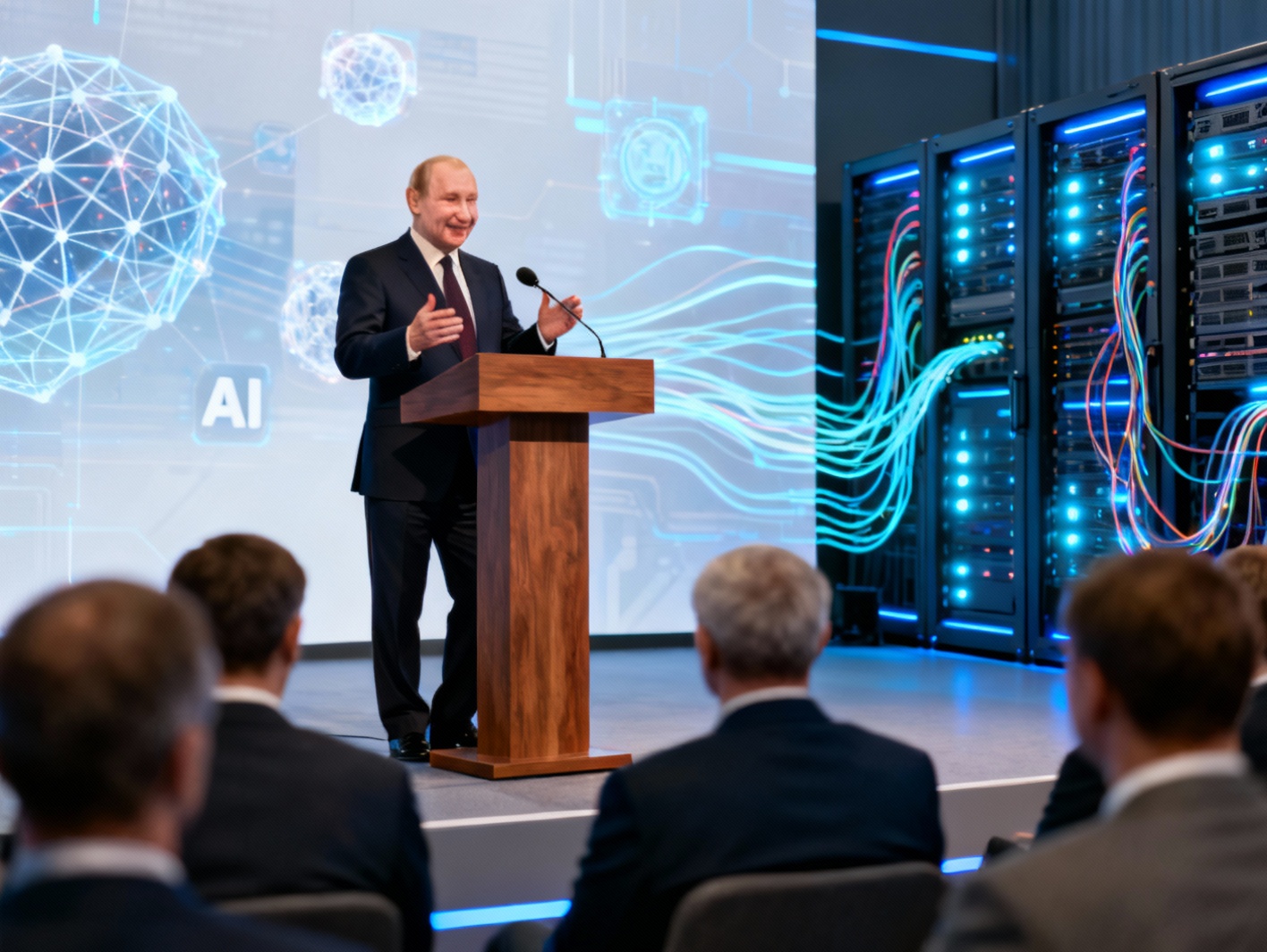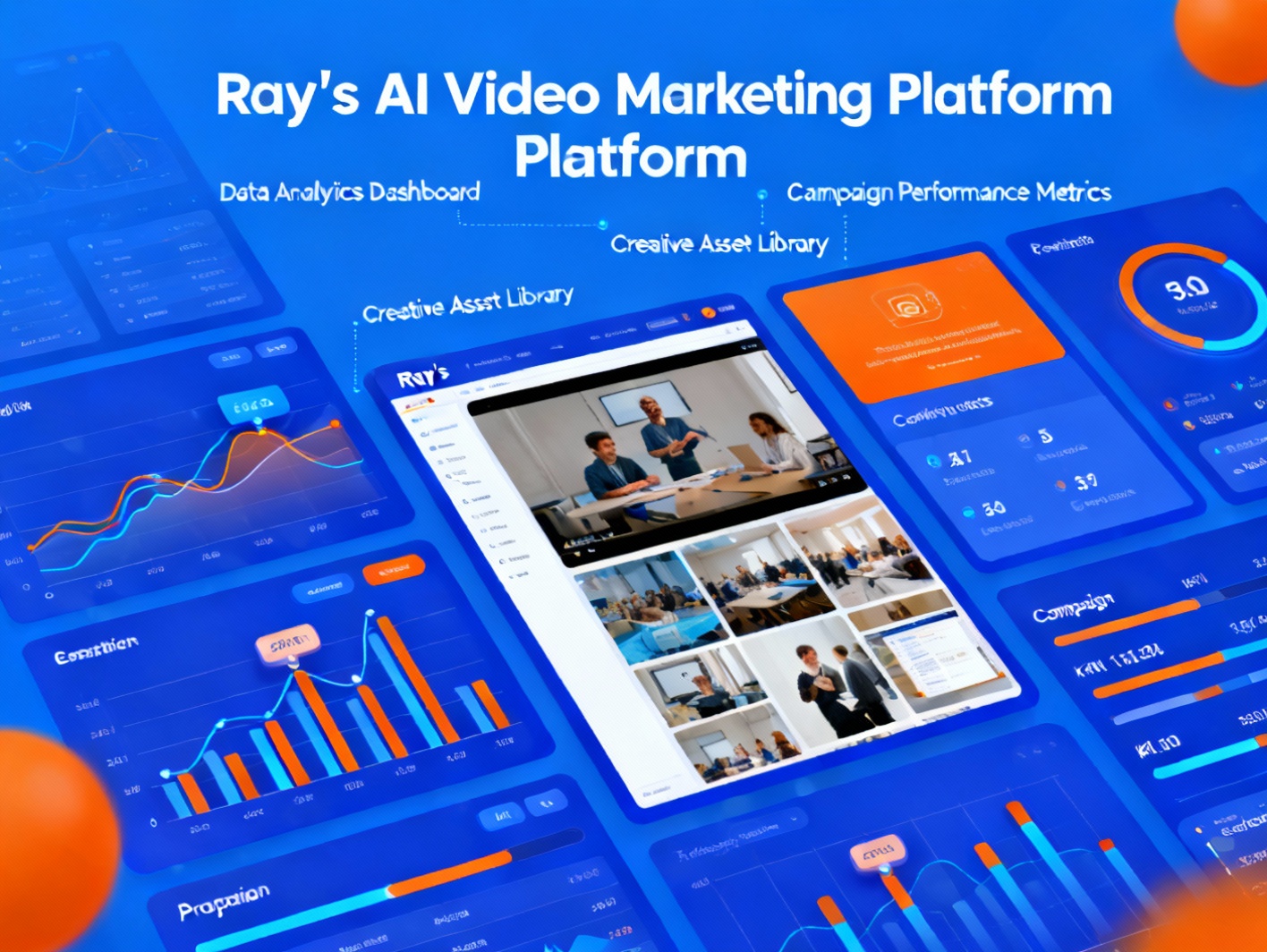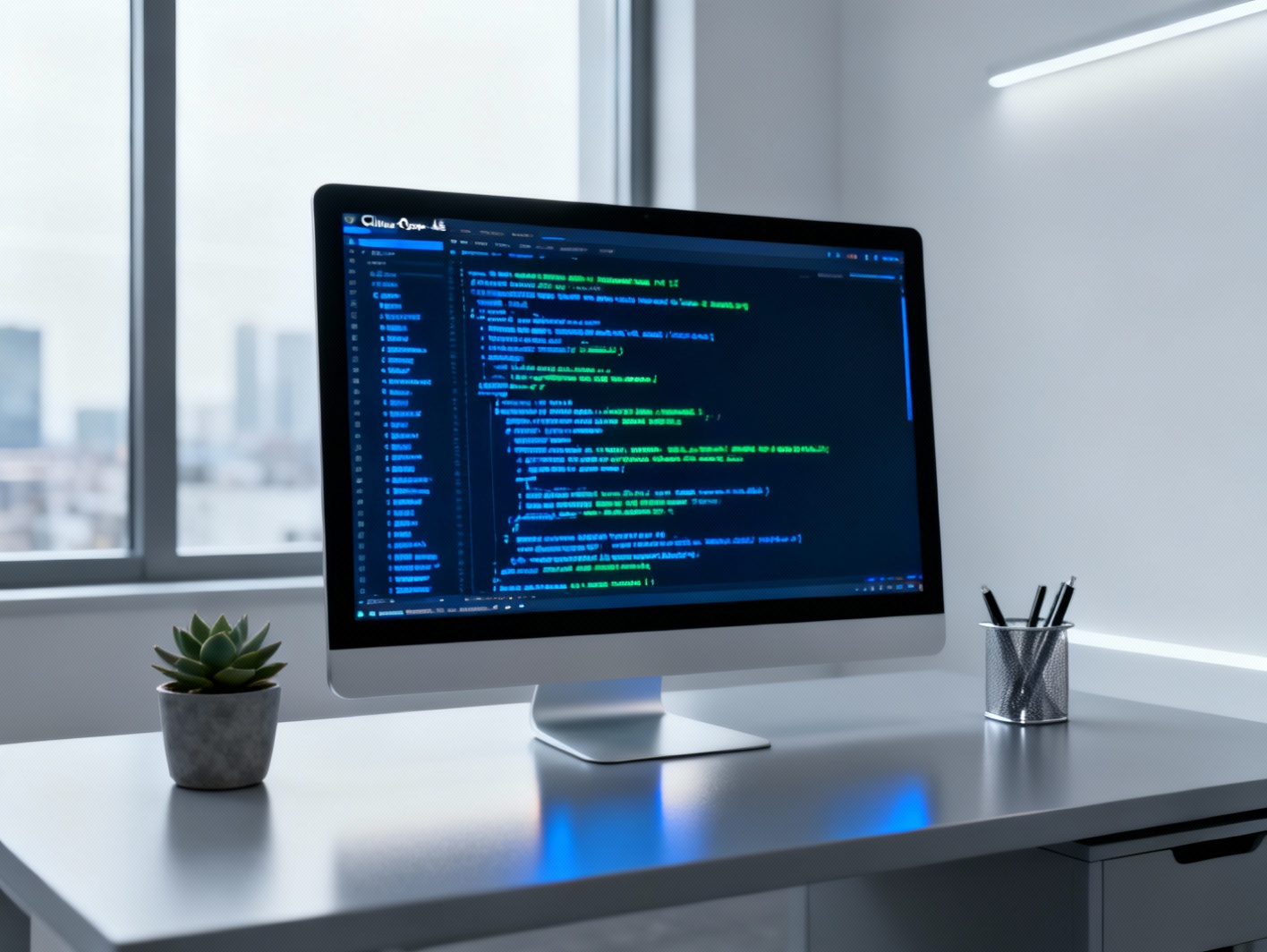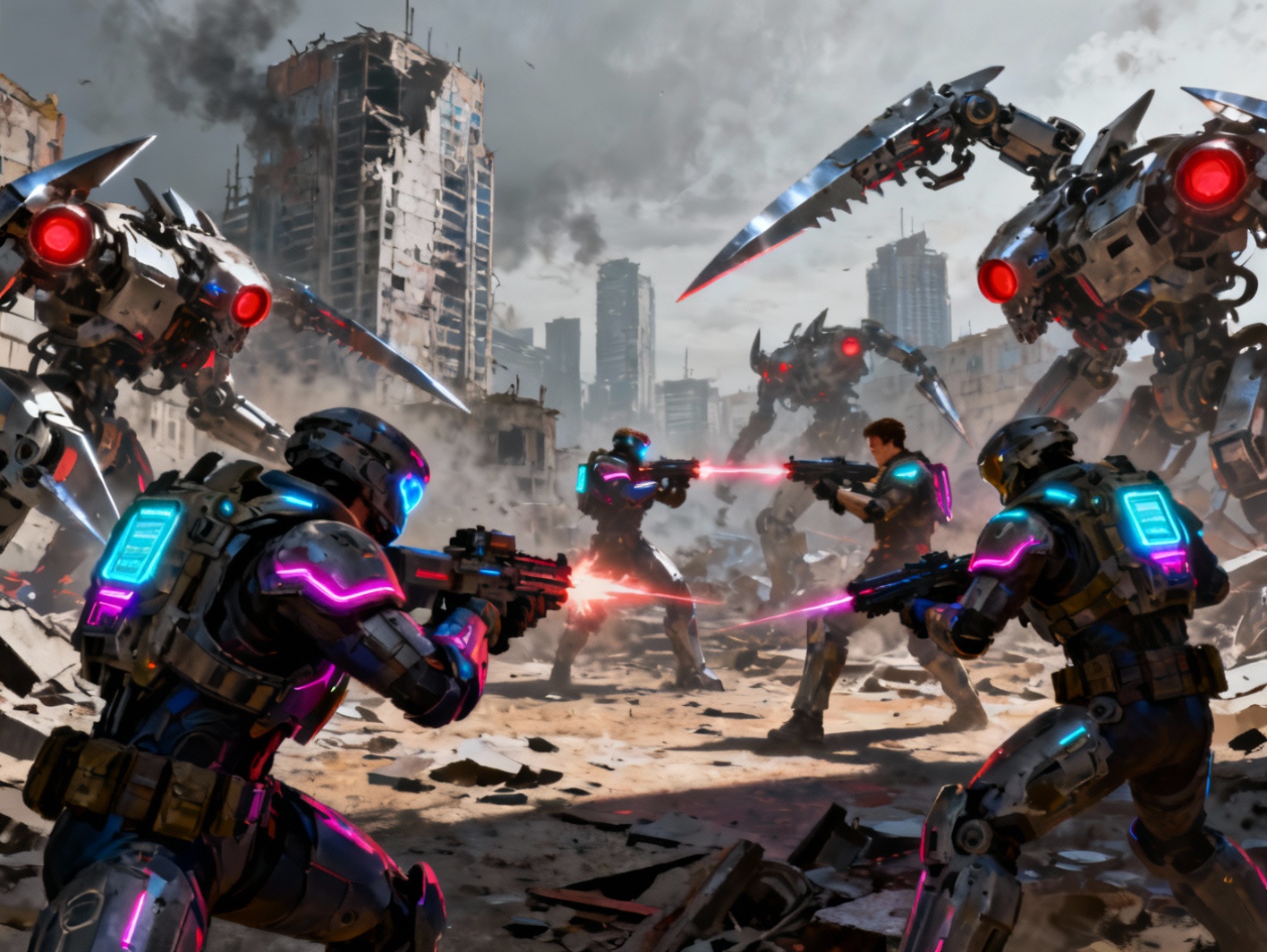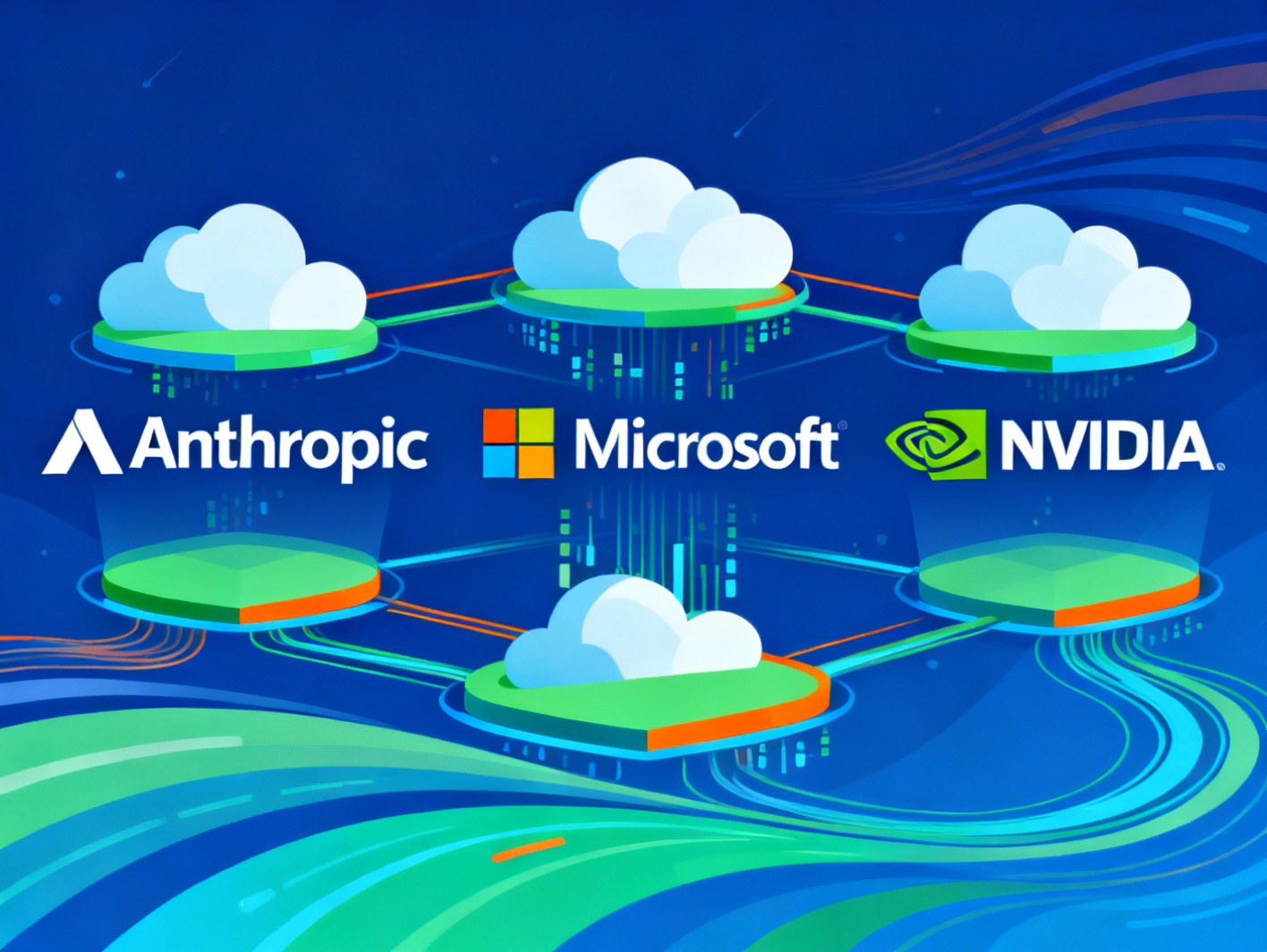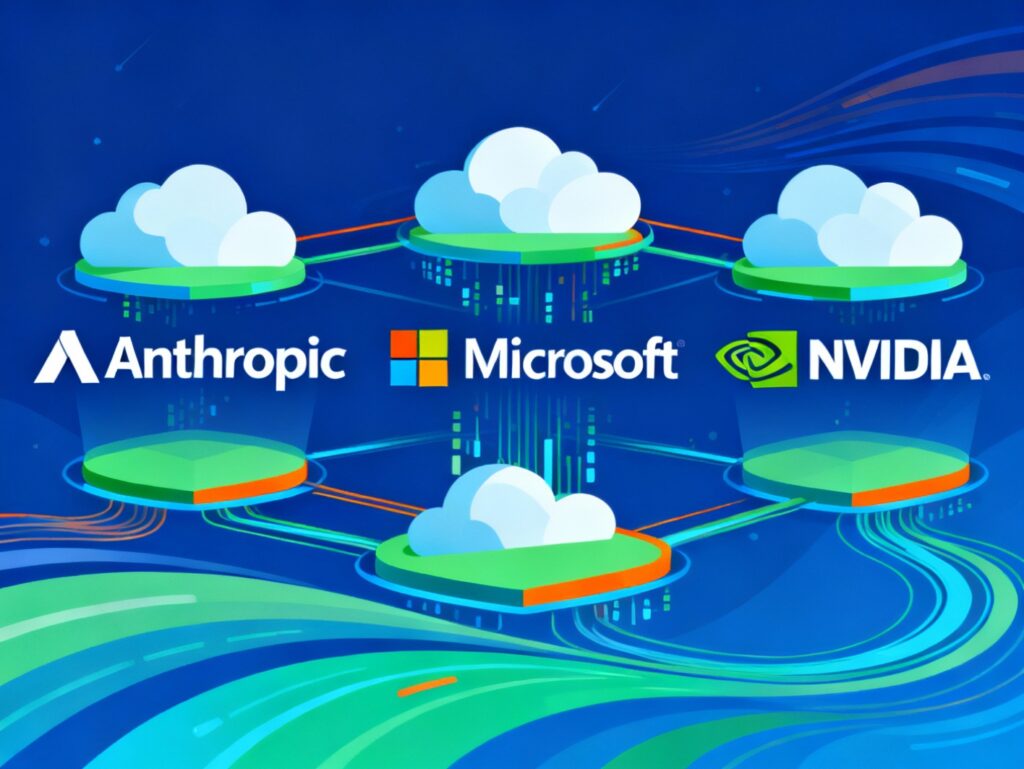
Table of Contents
The collaboration between Anthropic, Microsoft, and NVIDIA represents a transformative moment in artificial intelligence development. By uniting leading-edge technology providers with a shared vision for scalable and secure AI infrastructure, the partnership aims to push the boundaries of advanced model training, deployment, and enterprise accessibility. With massive investments and cross-cloud integration at its core, this alliance is poised to reshape how AI technologies are developed and adopted across industries. The initiative is not just about building bigger models but about laying the foundation for sustainable AI growth across multi-cloud environments and supporting developers and businesses with cutting-edge tools and frameworks.
Overview of the Partnership
Anthropic’s partnership with Microsoft and NVIDIA is centered around large-scale AI innovation through deep financial and infrastructure commitments. Microsoft has invested $5 billion into Anthropic, aiming to integrate and scale Anthropic’s AI systems within its Azure cloud platform. NVIDIA took an even larger stake with a $10 billion investment, targeting advancements in AI model performance and compute efficiency. In parallel, Anthropic has agreed to purchase $30 billion worth of Azure compute capacity over several years. This commitment ensures long-term usage of Microsoft’s hyperscale infrastructure, creating stability and immense processing power to support model training and deployment.
Strategically, the partnership is focused on building trustworthy AI systems and democratizing access to robust generative AI capabilities. For Microsoft, this alliance enriches its AI service offerings while strengthening Azure’s position in a highly competitive cloud market. NVIDIA brings its GPU and systems leadership to help optimize model development workflows. Anthropic, in turn, gains unprecedented resources to develop more capable and ethical AI models. Together, the alignment serves enterprise customers by combining best-in-class tools, funding, and cloud infrastructure into a powerful growth engine for next-generation AI solutions.
Anthropic’s Claude AI Models on Azure
Anthropic’s AI models, particularly from the Claude family, are at the heart of its development strategy. To achieve scale and resiliency, these models are deployed not only on Microsoft Azure but also across AWS and Google Cloud. This multi-cloud strategy allows Anthropic to optimize AI performance, reduce single points of failure, and offer flexible solutions to clients with different infrastructure preferences.
Microsoft’s Azure, however, takes a central role due to Anthropic’s purchase of extensive compute capacity. Azure provides a secure, scalable environment with access to advanced GPUs and specialized AI chips required to train and operate large language models. This synergy supports Anthropic’s goals of building safe, steerable models that can handle complex enterprise workloads.
By distributing Claude across various cloud platforms, Anthropic ensures availability and redundancy while giving enterprises the flexibility to choose the best environment based on performance, compliance, or geographical needs. This also positions Claude as a formidable competitor to other general-purpose AI systems, giving customers a wider selection of high-performing language models. This approach ultimately benefits end users by offering diverse deployment options, consistent service delivery, and access to innovative AI advances through whichever cloud their organization already uses.
NVIDIA’s Role in Enhancing AI Infrastructure
NVIDIA plays a critical role in the technical backbone of this partnership. By providing pioneering compute architectures like Grace Blackwell and Vera Rubin systems, NVIDIA enables Anthropic to train and fine-tune its most advanced Claude models. These systems are designed for AI-specific workloads and are capable of delivering up to one gigawatt of compute capacity—making them some of the most powerful platforms for large model training in existence.
The Grace Blackwell chips combine GPU and CPU cores for density and power efficiency, while Rubin systems offer enhanced memory access, essential for deploying expansive language models. Together, they reduce training time and improve inference throughput, directly influencing model efficiency and accuracy. Leveraging this infrastructure, Anthropic can scale its training pipelines and introduce refinements to its Claude models with greater frequency and reliability.
Beyond hardware, NVIDIA collaborates closely with Anthropic on system optimization, software libraries, and AI frameworks that further improve performance. This cooperation ensures that AI engineers can iterate more quickly and deploy models at production scale without facing computational bottlenecks. The result is a feedback loop that accelerates both AI innovation and deployment speed, benefiting end users across sectors that rely on advanced AI solutions.
Integration with Microsoft’s Copilot Suite
One of the defining outcomes of this partnership is the integration of Claude into Microsoft’s suite of AI productivity tools, including GitHub Copilot, Microsoft 365 Copilot, and Copilot Studio. These platforms are widely employed across industries for task automation, coding assistance, data analysis, and content generation. Embedding Claude’s advanced natural language capabilities into these tools amplifies their effectiveness and unlocks new use cases for enterprise users.
For developers using GitHub Copilot, the integration provides enhanced code completion, documentation generation, and debugging support, fueled by Claude’s contextual understanding. In Microsoft 365 Copilot, users benefit from deeper, multi-turn conversations with AI that can summarize meetings, draft emails, or generate reports with higher accuracy and nuance. Copilot Studio allows organizations to build custom AI workflows that align with their unique business needs, now powered by Anthropic’s ethical-by-design model philosophy.
This integration produces a workforce augmented by intelligent agents capable of handling repetitive and knowledge-intensive tasks, thereby improving productivity, decision-making, and creativity. It also exposes Claude to a broad market of enterprise users, helping Anthropic gather insights for continuous improvement while democratizing responsible AI access through familiar Microsoft platforms.
Implications for the AI Industry
This partnership has significant ripple effects throughout the AI industry. As three of the sector’s most influential companies join forces, competitors are likely to accelerate their own investments in infrastructure and model development. The intensive deployment of AI across Azure and other clouds signals a growing industry trend toward multi-cloud strategies, reducing monopolistic control by any single provider and offering more choices to enterprises.
Additionally, the deep collaboration among Anthropic, Microsoft, and NVIDIA sets a new standard for what it means to build high-performance, responsible AI. Their approach emphasizes not just size or speed, but reliability, ethics, and cross-platform interoperability. This may prompt a shift in how AI labs and startups approach foundation model development and deployment.
The partnership also showcases a practical path toward AI commercialization that is both scalable and sustainable. It proves that building safe AI doesn’t have to come at the cost of performance or market viability. As more organizations adopt Claude and similar models, it pushes the industry toward a more pluralistic and user-focused ecosystem. This could lower barriers to access for smaller enterprises and foster a more diverse range of applications—from healthcare to education—that are enabled by powerful, ethical AI tools.
Future Prospects and Developments
Looking ahead, the Anthropic-Microsoft-NVIDIA alliance is likely to act as a catalyst for the next wave of AI innovation. With secure and large-scale compute resources from Azure and NVIDIA, Anthropic can push the boundaries of model alignment, memory, and language reasoning, leading to even more capable Claude iterations. These advancements will likely include better multi-modal abilities, longer context windows, and improved conversational memory—features increasingly demanded by enterprise users.
Moreover, the partnership opens the door to integrating Claude into vertical-specific solutions. We can expect to see Claude-powered tools in finance, healthcare, legal services, and more, delivering specialized knowledge with a nuanced understanding of each industry’s language and practices. As AI ubiquity grows, this strategy enables Anthropic and its partners to stay relevant in diverse markets without compromising ethical standards.
At a broader level, the collaboration may redefine how AI is built and distributed. The joint focus on safety, flexibility, and openness could influence research norms and encourage collaborative licensing or model-sharing initiatives. Over time, this could help build a more secure, trustworthy AI landscape where innovation is balanced with responsibility. This future, shaped by strategic partnerships and shared infrastructure, holds promise for widespread, equitable access to next-generation AI technologies.
Conclusions
The strategic partnership between Anthropic, Microsoft, and NVIDIA is not just a milestone—it’s a launchpad for the future of artificial intelligence. By combining financial strength, technical depth, and cloud-scale infrastructure, the alliance offers a compelling model for advancing ethical, performant, and scalable AI solutions. From powering multimodal models to accelerating enterprise integration, this collaboration sets a blueprint for how innovation can be both meaningful and sustainable. As AI becomes an integral part of every industry, the cooperation among these three leaders signals a future where technology serves broader human and commercial goals, unlocking unprecedented opportunities while maintaining a firm commitment to safety and inclusivity.

